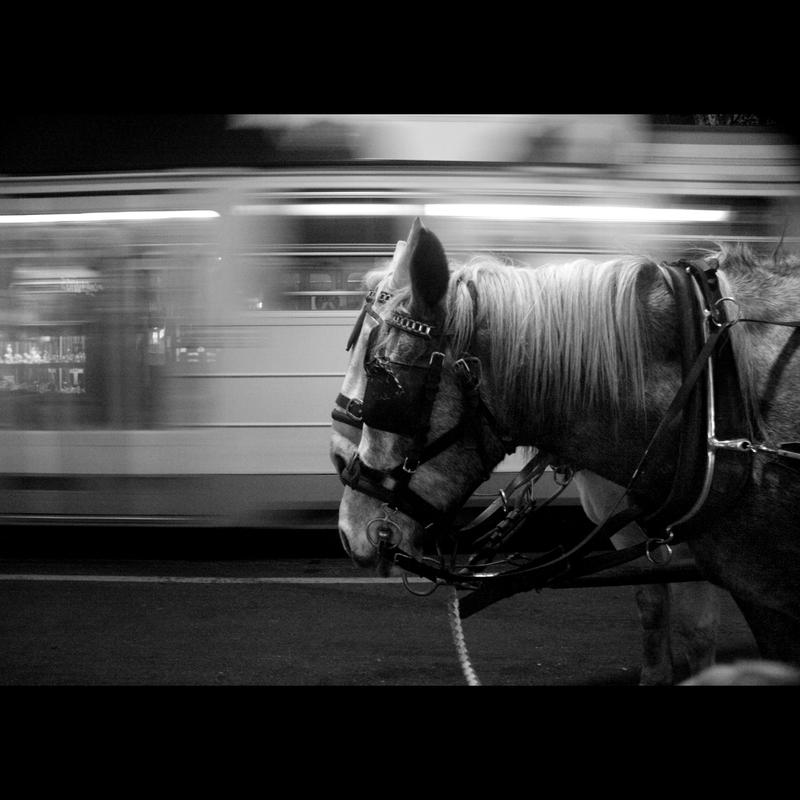Once upon a time there was a group of high school students. Now this was no ordinary group of students.. they were a brilliant bunch and on this specific day found themselves having phun in physics with Mr. Banow!
The day started out with Daegan explaining the physics behind shooting a basketball. Rebecca followed by explaing the different serves in volleyball and the factors involved. We reviewed Newton's second law which states: if an unbalanced force acts upon an object then the object accelerates in the direction of force. The formula to accompany that is $Fnet=ma$
The class was given a lab to work on called
Newton's Second Law Investigations. The goal of the lab is to determine whether an increase in the mass of an object affects the acceration of an object if the applied form is kept constant.
The class was divided into groups and the lab was set up like so:

To gain the correct data, each group had to measure how heavy their cart was without weights on it. The first trial went without any weight on top of the cart. Two time trials were made to gain accuracy and from that an average time was calculated. From the average time the acceleration was deducted and the Newtons (N). After initially having no weight on the cart, the groups had to add weight to the cart and calculate the results. This step was repeated 3 more times for a total of 5 trials. This was the end of the procedure part of the lab. Tomorrow the class will analyze the data and answer the corresponding questions.
Joey also corrected Unger's hairstyle...That is the story of the Physics 30 class!
The tale is to be continued by Ryan F :)














